Hypermobility
Most children are very bendy compared to older people, as children get older their joints become less bendy.
The term Joint Hypermobility can describe a wide range of children with flexible joints.
At one end of the range are children who are hypermobile and may benefit from their flexible joints. They may be able to use their hypermobility to excel in areas such as gymnastics, dance, swimming or athletics. Most children with hypermobile joints do not need support with everyday activities.
At the other end of the scale are people who experience pain and their joints may dislocate.
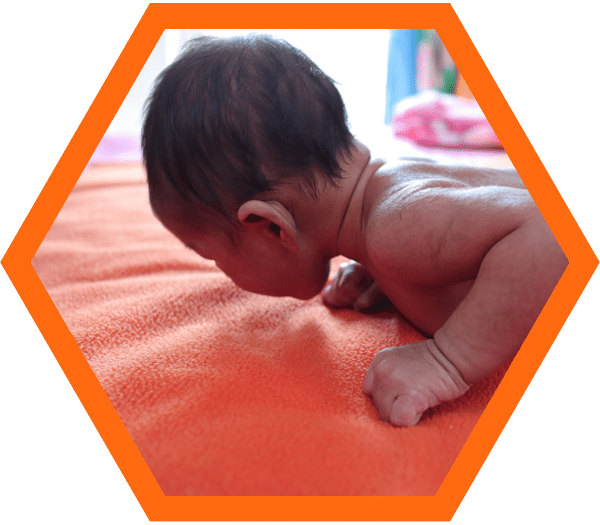
How common is it?
Most children are flexible and some more so than others. The majority of children will become less supple as they get older but a small percentage will remain very flexible. This is more common if their parents are still very flexible.
Studies have shown that up to 71% of children under 8 and 55% of 4-14 year olds are hypermobile.
Common parental concerns
Children may initially take longer to achieve crawling, walking and running and may be more likely to bottom shuffle.
Other frequent findings are:
- Clumsiness and frequent falls
- Flat feet
- Clicky joints
- Tiredness
- Reluctance to walk longer distances
- Pain
- Difficulty with handwriting, hold a knife and fork, and dressing
Is there cause for concern?
Many children who are hypermobile experience no symptoms or difficulties and being hypermobile is beneficial in a lot of sports.
It is not fully understood why some children have more symptoms than others and it is not necessarily related to the degree of hypermobility. However, it is believed that these problems are related to poor muscle strength, poor muscle stamina and poor control of joint movement, not the hypermobility itself.
Everyday life
Hypermobility often improves with age. Families should be aware that its main risk comes from preventing children to live normal lives.
Children should be encouraged to maintain a normal level of activity, including playing any sports they are interested in. Keeping active and strong is important and helps reduce joint pain as fitness and balance improve over time.
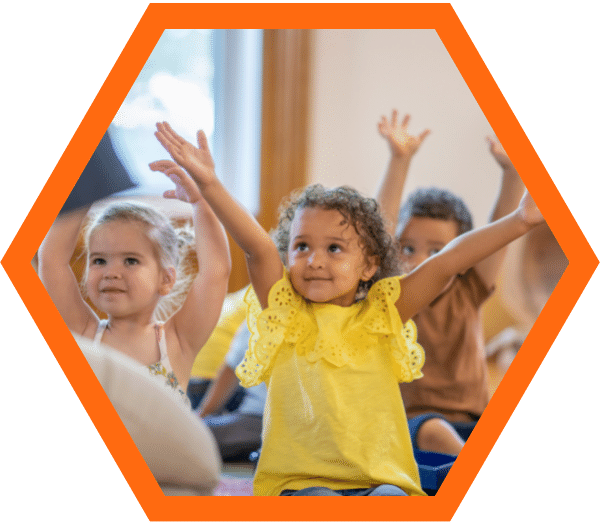
What can I do to help?
As the symptoms are understood to be related to weaker muscles and that the joints may be less stable, muscles need to work harder and therefore it is particularly important to focus on being healthy, strong and fit. The stronger and fitter your child is, the better for their hypermobility and general wellbeing. Ensure your child does not get overweight as this may stress muscles and joints more.
Activities and play to build strengthen
Encourage normal everyday activities and play, for example:
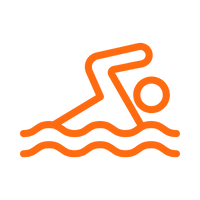
Swimming
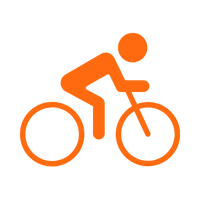
Cycling

Play parks
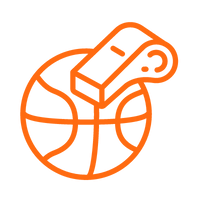
PE
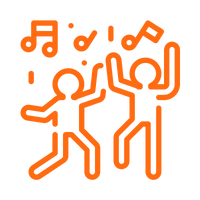
Dance
If muscle pain after exercise is a problem, your child should not stop being active but pacing activities may help. Pacing means to gradually increase an activity in order to achieve a goal. Don’t do too much activity on one day but spread it throughout the week and focus on building more strength and fitness.
Your child needs to build their muscle strength, which takes time and most importantly, practice. Doing physical activities helps to strengthen their muscles. There are lots of ways to be active, have fun and keep healthy, whilst making sure that you can help your child reach their potential, regardless of any diagnosis or needs.
Sports and activities
Keeping active and strong is important and helps reduce joint pain as fitness and balance improve over time.
Make sure your child warms up and cools down when playing sports. It is good to encourage them to have a variety of different sports and activities rather than concentrating on just one sport.
The stronger your child is, the more their muscles can protect their joints.
Your child should avoid doing “party tricks”, such as showing their friends and family how much they can bend, as this may over stretch their joints.
Think about ways to protect their joint, such as:
To avoid knee pain, your child should stand with their knees straight and not in the over-extended position
To avoid wrist and elbow pain when opening doors, your child should use their body and not their hands
To relieve pressure on fingers and thumb joints, your child can use thicker style pens or pencils, or buy grips
Posture
Good posture is important at all times.
A slouched posture may hurt your back and leads to weak muscles around your central core. This then affects the way you can use your shoulders and hips.
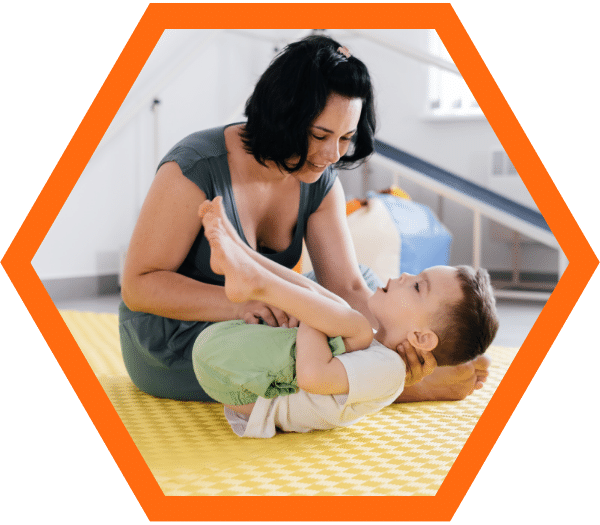
Footwear
Children should try to wear supportive trainers and shoes, especially when their feet or knees are achy. A good foot position can help to relieve knee and leg pain. It may be helpful to wear trainers for PE instead of plimsolls (school pumps). The trainers should have a firm back at the heel and offer good support.
All children benefit from supportive footwear, especially if they have flat feet.
When you are buying shoes look for the following:
- Shoes which are stiff around the heel
- A sturdy sole to act as a shock absorber
- Soft uppers, preferably with laces or buckles, that support the whole foot
- Boots that fasten with laces are often very effective and comfortable
This does not mean that other shoes cannot be worn for short periods of time or special occasions.
Try to avoid:
- Shoes with no support around the heel
- Thin soles
- Shallow uppers (too low at the back and sides)
- Slip-on shoes or boots
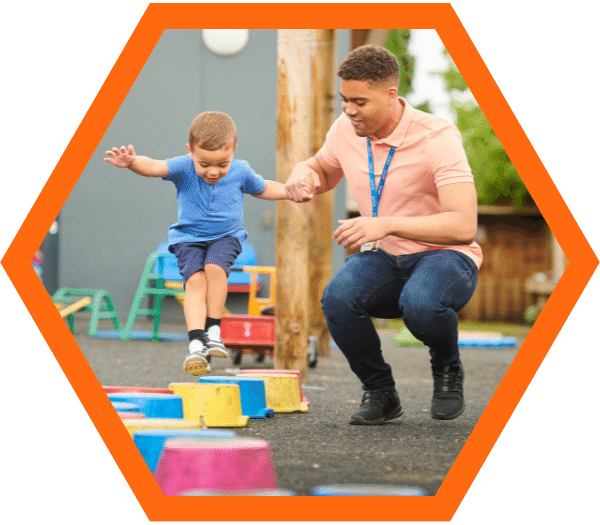
Improving pain management
Aches and pains associated with hypermobility are usually a result of muscle fatigue, not damage or injury. A warm bath or a hot water bottle may help. Pain killers are not usually effective. Try not to focus on pain and distract your child from dwelling on it.
Who to talk to if you have concerns
If necessary, they can refer your child to a community paediatrician, who will assess them and try to identify any developmental problems.

